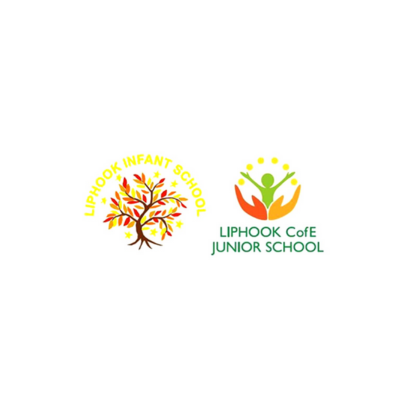Liphook Federation School
Hampshire, UK
What makes Liphook Federation an Accredited School?
One of the most remarkable things about Liphook is how they have managed to improve the mindsets of their whole staff to teach maths with confidence from Reception to Year 6. We observed a previously self-confessed ‘reluctant’ maths teacher deliver an exceptional lesson during our visit.
The Liphook Federation is an excellent example of how the school’s leadership commitment to change has improved children and teachers’ self-efficacy, confidence, and enjoyment of maths.

School at a glance:
- Three-form entry federation of 630~ students from Years R to 6
- Successfully implemented Maths — No Problem! from Years 1 to 6 in October 2016
- Consists of two separate schools (the schools share the same site)
- Both schools rated by Ofsted as “Outstanding”
“Teachers have embraced the maths learning journey developed by Maths — No Problem! and are continually adapting and improving their teaching to best suit the children.”
– Lynne Johnson, Administration Officer at Liphook Junior School
In their own words
Our Maths — No Problem! journey
Following attendance to a Hampshire maths conference, we began to research the Singapore maths teaching approach. We visited a Surrey school using the Maths — No Problem! Programme. Few schools in Hampshire use Maths — No Problem! (and in our area we are the only school using this approach), but there is a growing interest.
As a federation, all staff understand the importance of adopting the Concrete, Pictorial, Abstract (CPA) approach. Lesson observations indicate that the staff have fully embraced this and are confident with the Singapore maths approach. Liphook Federation has invested heavily in concrete resources, like place-value counters, dienes apparatus, double-sided counters, etc. to ensure that the CPA approach is effective. Work sampling has shown effective maths journaling where children refer to multiple methods and also a wide range of pictorial approaches explored as a progression from concrete exploration.
At Liphook, our teachers plan together as a year team with a lot of discussion on differentiation, tackling misconceptions, application to real life, and assessment for learning. The Singapore teaching approach has a large focus in the School Improvement Plan, where we have a clear action plan for maths, which is monitored by the senior leadership team and governors.
All teachers and learning support assistants across the Liphook Federation have received extensive CPD, including Inset Training by a Maths — No Problem! trainer focusing on the structure of lessons (anchor task, guided practice, independent activity, and journaling), differentiation and journaling. The Head of the Junior School and the Infant and Junior Schools’ maths leaders attended the Maths — No Problem! 2017 Conference, which focused on differentiation. They then led staff development to rapidly cascade the approaches, ideas, and activities ensuring staff are further equipped to deliver high-quality Maths — No Problem! lessons.
Maths — No Problem! in our school
We use the Maths — No Problem! Assessment Papers for each yearbook A and B. These papers are then analysed by year teams and teachers who make effective use of the results to inform future planning and promote continual good progress for the children.
Our maths leaders are very proactive in both schools, for example, teaching demonstration lessons when new staff join the school and engaging with peer learning. We are proactive in continually updating and refining our approach to Singapore maths teaching, including sharing videos from the Video Library on the Maths — No Problem! website.
There is a very positive atmosphere throughout our school where growth mindset is key. Staff and children are very positive about Maths — No Problem! and the Singapore teaching approach. In addition, a number of schools have already contacted us asking to observe Maths — No Problem! in action, and our maths leaders have led discussions on the Singapore maths teaching approach at County Leadership meetings. At the Hampshire maths conference next year, they will be focusing on Singapore maths and the bar model approach.
School contact details
Contact names:
Jacky Taylor - Principal
Addresses:
Liphook Federation School
Avenue Close
Liphook
Hampshire
GU30 7QE
Emails:
Liphook Junior School
Liphook Infant School
Phone numbers:
01428 722490 (Junior School)
01428 722036 (Infant School)
Websites: